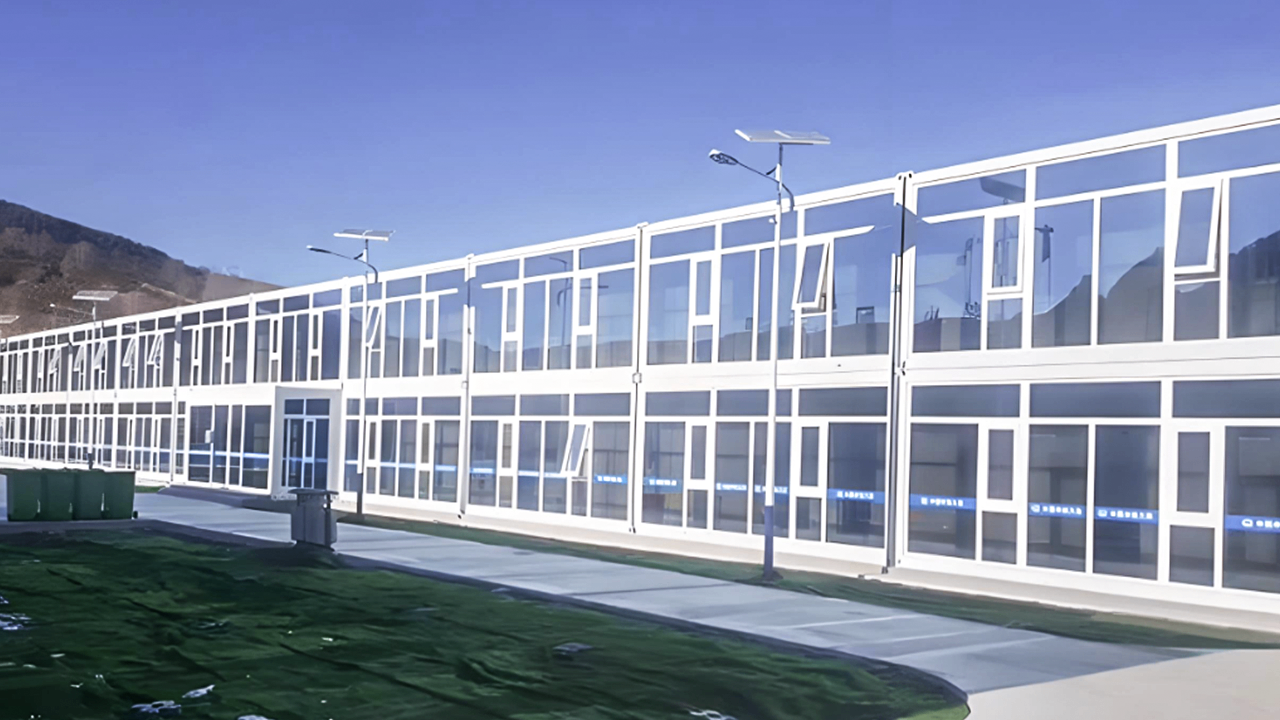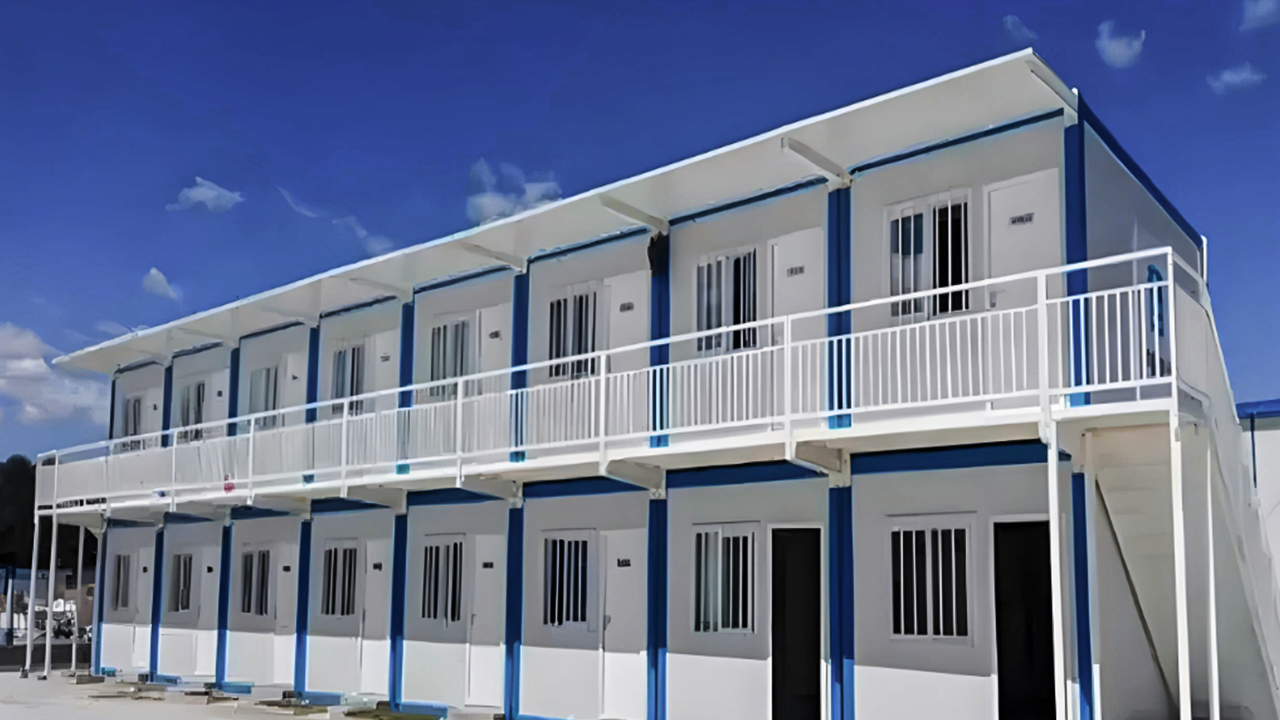
The origin and definition of prefab homes
Prefabricated houses, or integrated houses, are built with industrial mode of production, in which some or all of the components of a house are prefabricated in a factory and then transported to a construction site, a house built by assembling components in a reliable way is called an industrial house or an industrial house in Europe, and Japan.

Jean Prouvé was one of the pioneers of prefab homes. His construction philosophy responds to the technological change of the first mechanical age from the angle of economy and efficient pragmatism. Prouvã © 1930s the exploration of "Prefab houses", from detachable wartime military barracks to refugee emergency shelters, prouv é, who was born into an artistic family in the birthplace of the French Art Nouveau movement, was a key figure in the transfer of mass-produced machinery to the field of practical architecture, these prefabricated metal building components, often assembled by a small construction team in a single day, provided an avant-garde solution to the postwar housing crisis.
 From the 1930s, Prouvã © began the quest for "Prefabricated houses" that could be quickly assembled on-site once transported to their destination. Cleverly designed metal structures facilitate the dismantling, movement and modification of the building, while steel, a rarer material, is reserved for folding sheet metal frames, which are inserted with standardized wooden panels, the biggest design feature is the central load-bearing housing of the axial portal frame structure. The building system was patented in 1939.
From the 1930s, Prouvã © began the quest for "Prefabricated houses" that could be quickly assembled on-site once transported to their destination. Cleverly designed metal structures facilitate the dismantling, movement and modification of the building, while steel, a rarer material, is reserved for folding sheet metal frames, which are inserted with standardized wooden panels, the biggest design feature is the central load-bearing housing of the axial portal frame structure. The building system was patented in 1939.